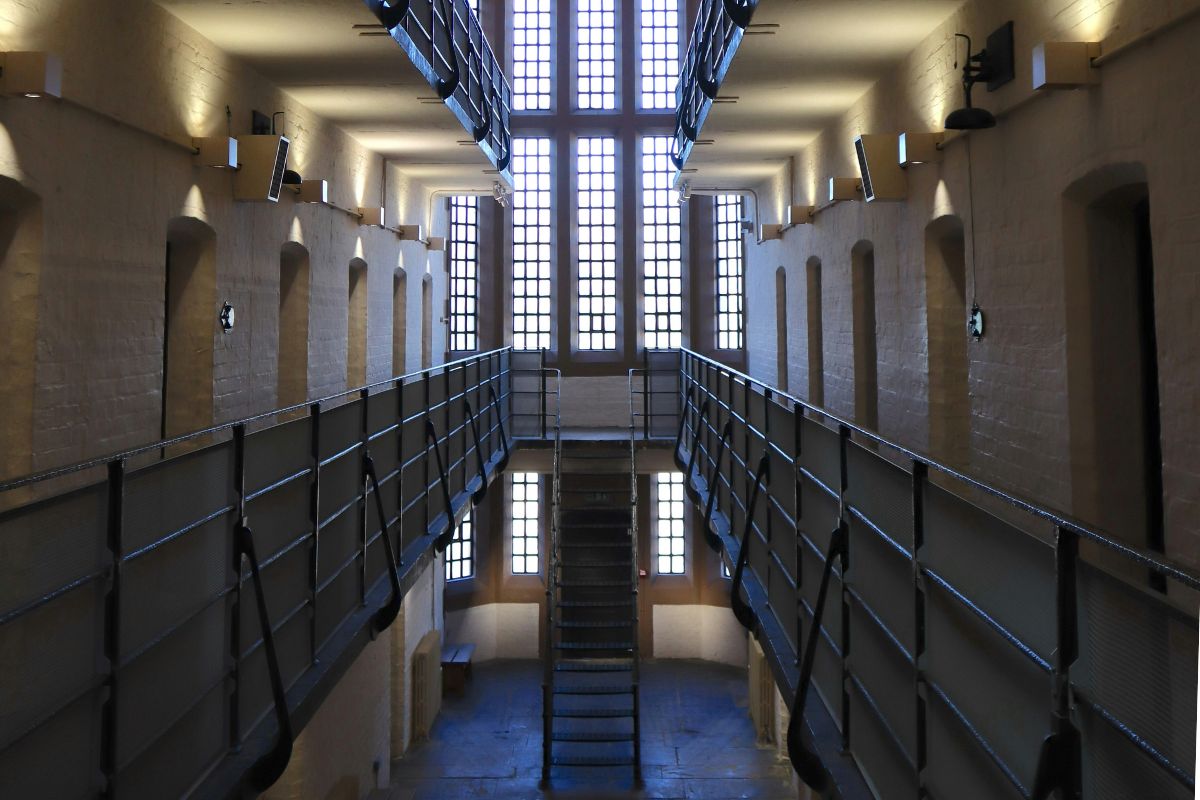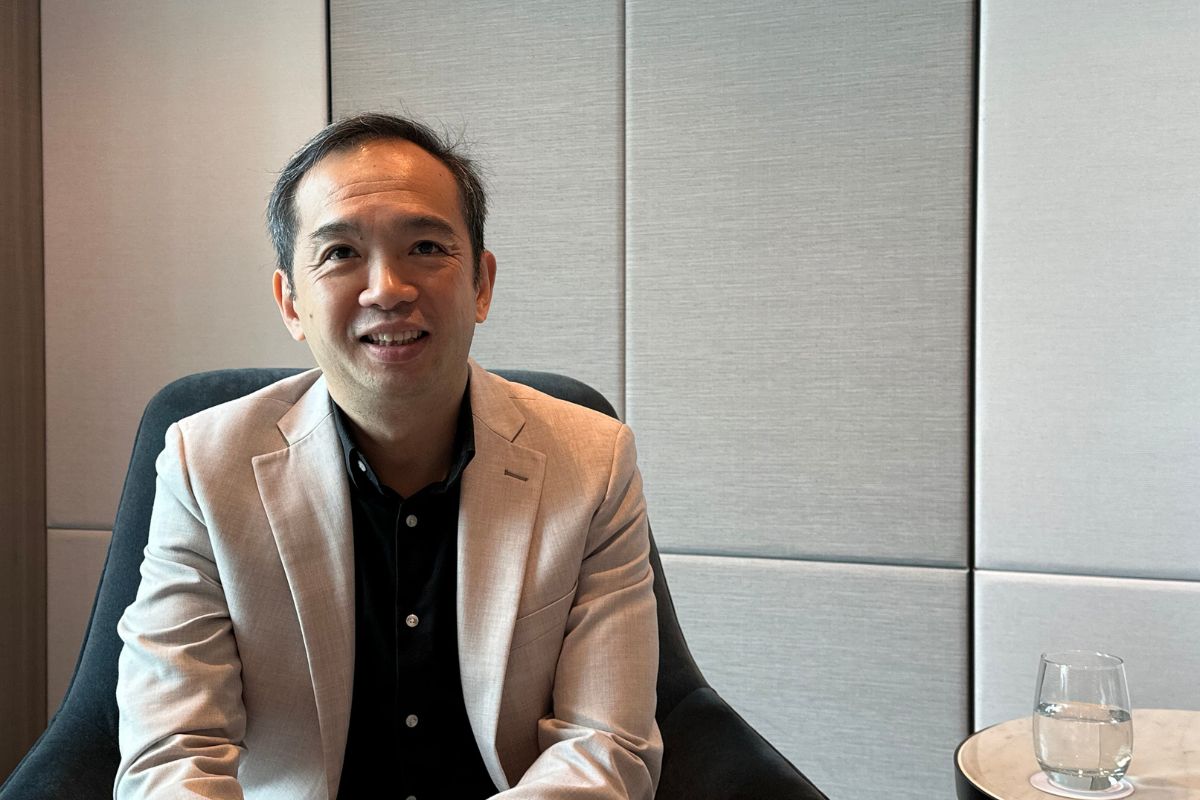The Modern Duty of Arts & Crafts Education
Jewellery, and by extension jewellery crafting, is arguably one of the oldest forms of crafting. To call it ‘traditional’ seems somewhat of an understatement — the techniques and skills for creating jewellery at every level, be it polishing, goldsmithing, or bench-working, have trickled down throughout the years, and survived as both a craft and as antique jewellery pieces in the modern world. Few things in history can claim that level of longevity, and it’s hard not to get swept up in the grandeur of it all.
But, while its long and illustrated history is certainly one to maintain and cherish, it is important that the jewellery industry considers its current place and responsibilities among modern issues. Matters such as responsible sourcing, industry impact on the environment, and greener practices should be introduced into the sector at an educational level in order to see it embedded within jewellery-making processes.
Teaching Greener Lessons
It’s important to note that greener methods are actively sought by the next generation of workers who are currently at educational level. Nancy Diniz, course leader for Central Saint Martins’ new Biodesign Masters, stated, ‘[W]e are already witnessing an energetic movement of start-ups and young entrepreneurs focusing on developing products and services on circular design, zero waste, sustainable materials, and low-energy manufacturing’.
With this in mind, how should the jewellery industry integrate an environmentally aware message into its educational level to encourage new talent to prioritise better processes for the industry?
Jewellery designing is more than just creating visually beautiful pieces. It all starts with sourcing materials, and this where a greener method can be taught, whether it be through apprenticeship schemes or degree courses.
When sourcing materials, it is important to highlight the need for the jewellery industry to adapt to a more sustainable method. But, buying from verified sustainable sources can be challenging in this industry — as Forbes rightly reports — the supply chain from source to designer can be difficult to trace, with material passing through multiple hands before reaching the design phase.
Pushing for a better sense of transparency in a supply chain is one thing, but it will not happen overnight. What can designers do in the meantime? Well, there’s always recycled metals and gems as a raw material source to consider — particularly with recycled gemstones. This is a much greener practice than sourcing more from mines, and it’s also far better for the environment than to rely on synthetic gemstones.
The issue of synthetic gemstones in the jewellery industry is certainly no secret, but did you know about the environmental problems surrounding lab-grown gemstones? The process requires huge amounts of heat, especially for growing gemstones such as diamonds, requiring a significant amount of energy.
But, the level of carbon intensity needed for a lab-grown diamond is enormous, as is its impact on the environment. For comparison, a single, polish carat of synthetic diamond takes more than 500kg of CO2 to produce. But, a single, polish carat of natural diamond takes just over 150kg of CO2 to produce. Knowing the environmental impact of raw material choices is crucial, and needs to be integrated at an educational level for the jewellery industry to ingrain a sense of responsibility for its part in environmental matters.
Educating around environmentally friendly practices, greener innovations, and eco-awareness in jewellery is beneficial to a number of careers too. From seeking greener casting technology to improve the overall environmental impact, to being able to connect with customer demand for more ethical and environmentally-aware supply chains on the retail shop floor, it has never been more essential for the jewellery industry to do all it can to attain greener practises.











Responses